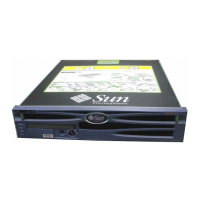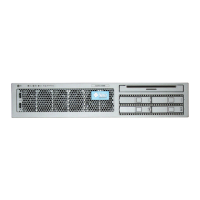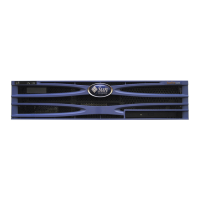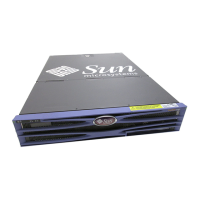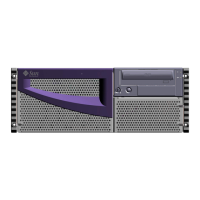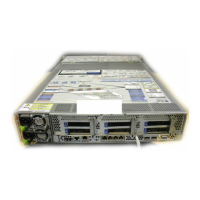70 Netra T2000 Server Administration Guide • September 2006
The following example shows that the RAID mirror is synchronized and online.
The disk controller synchronizes IM volumes one at a time. If you create a second IM
volume before the first IM volume completes its synchronization, the first volume’s
RAID status will indicate RESYNCING, and the second volume’s RAID status will
indicate OK. Once the first volume has completed, its RAID status changes to OK, and
the second volume automatically starts synchronizing, with a RAID status of
RESYNCING.
Under RAID 1 (disk mirroring), all data is duplicated on both drives. If a disk fails,
replace it with a working drive and restore the mirror. For instructions, see “To
Perform a Mirrored Disk Hot-Swap Operation” on page 78.
For more information about the raidctl utility, see the raidctl(1M) man page.
▼ To Create a Mirrored Volume of the Default Boot
Device
Due to the volume initialization that occurs on the disk controller when a new
volume is created, the volume must be configured and labeled using the format(1M)
utility prior to use with the Solaris Operating System (see “To Configure and Label a
RAID Volume” on page 73). Because of this limitation, raidctl(1M) blocks the
creation of a hardware RAID volume if any of the member disks currently have a file
system mounted.
This section describes the procedure required to create a hardware RAID volume
containing the default boot device. Since the boot device always has a mounted file
system when booted, an alternate boot medium must be employed, and the volume
created in that environment. The suggested alternate medium is a network
installation image in single user mode. Refer to the Solaris 10 Installation Guide for
information about configuring and using network-based installations.
# raidctl
RAID Volume RAID RAID Disk
Volume Type Status Disk Status
------------------------------------------------------
c0t0d0 IM OK c0t0d0 OK
c0t1d0 OK
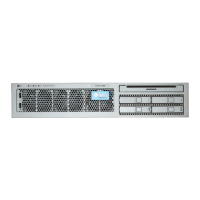
